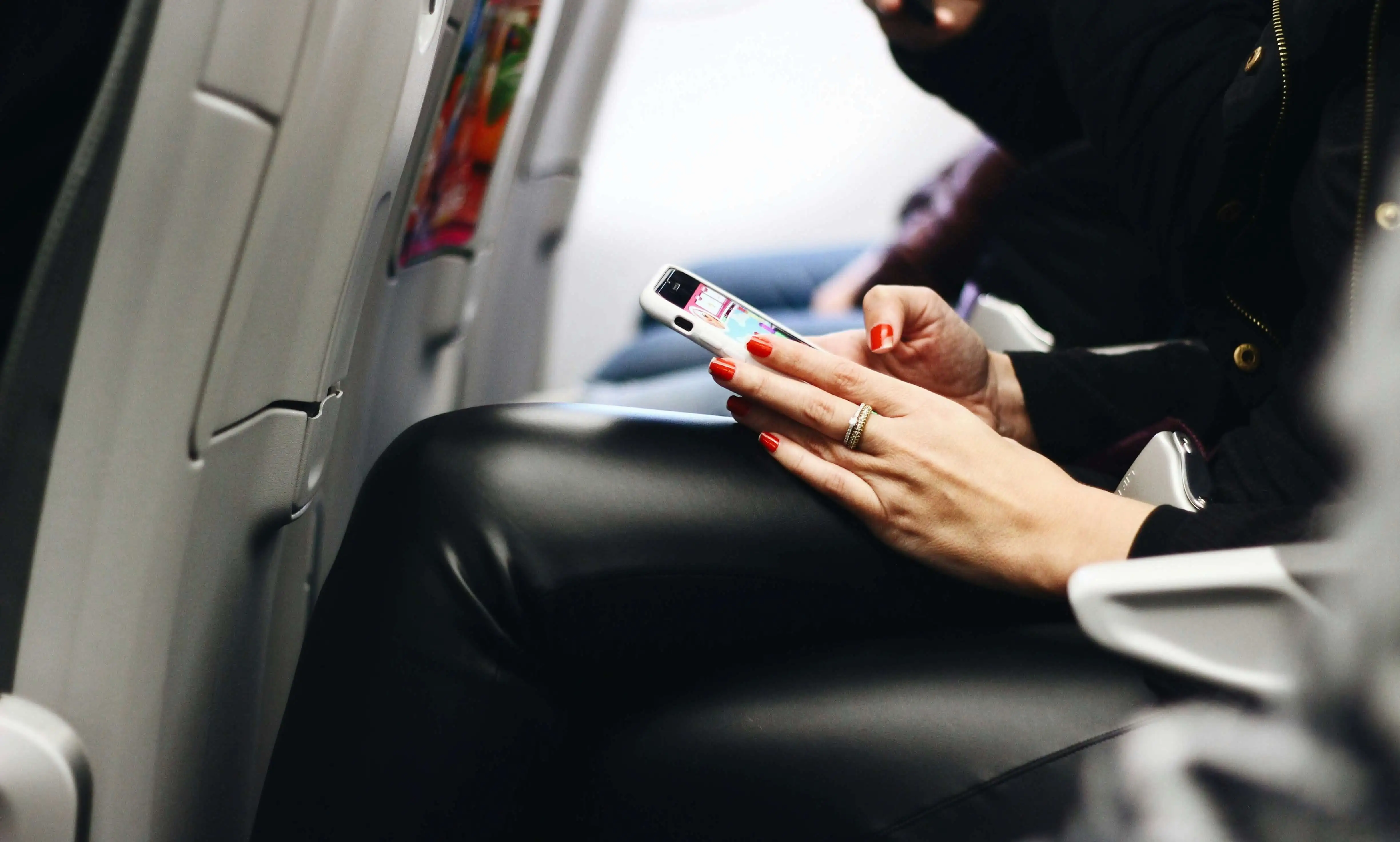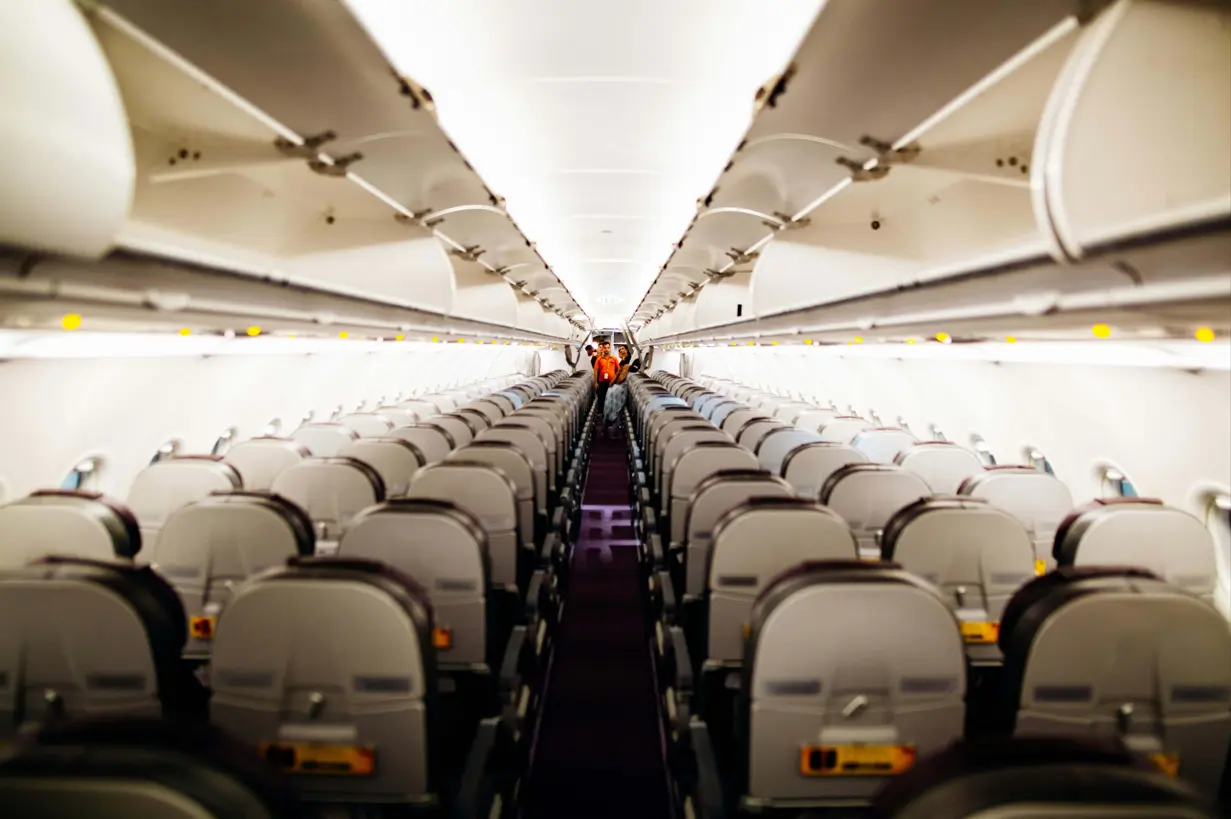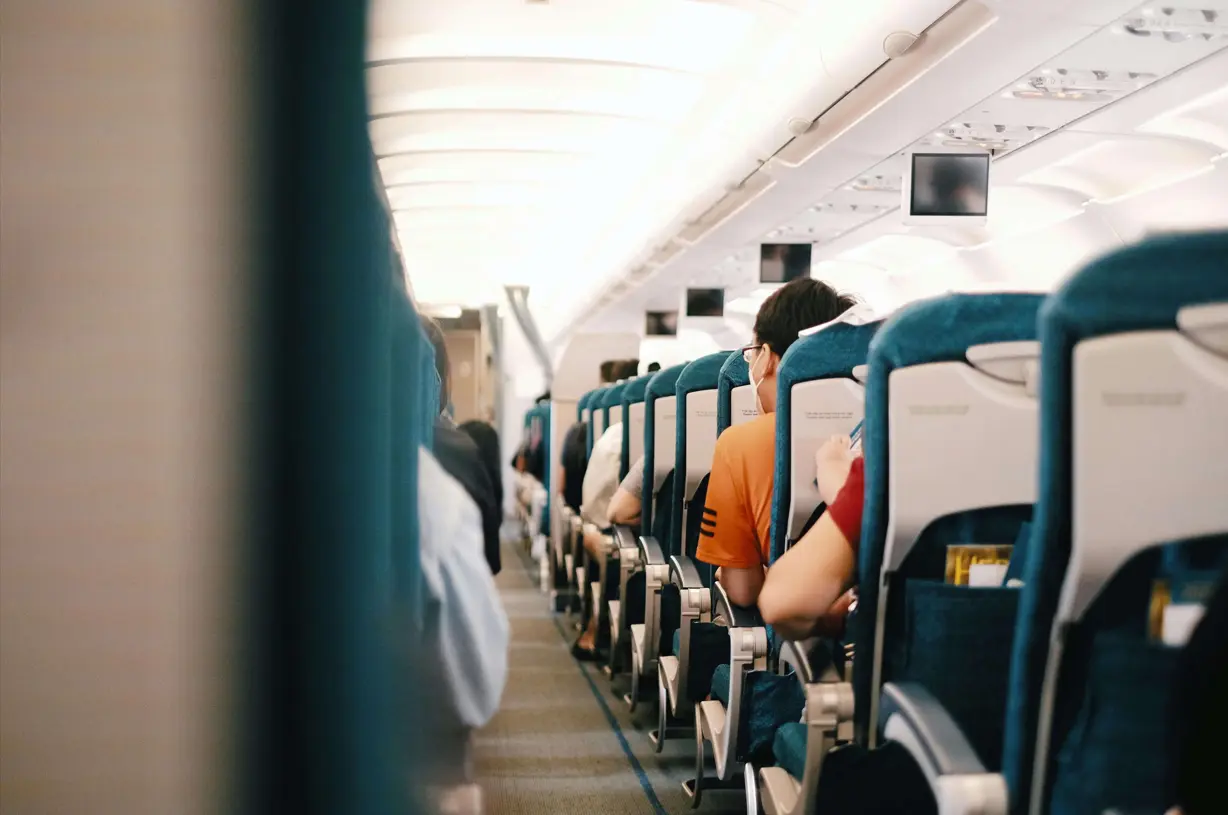How to use Airplane Wifi


Have you ever wondered how you can scroll through social media at 35,000 feet? Airplane WiFi relies on advanced systems that keep you connected throughout your flight.
What Is Airplane Wi-Fi and How Does Internet on the Plane Work?
Airplane Wi-Fi, also known as in-flight Wi-Fi, is a wireless internet service offered by airlines to enable passengers to stay connected while flying. Whether you're on a long-haul international flight or a short domestic journey, Airplane Wi-Fi allows you to browse the web, check emails, catch up on social media, and even watch your favourite shows or movies from your laptop or smartphone all from 35,000 feet. This modern convenience makes air travel not only more enjoyable but also productive for those who need to work on the go.
The technology behind airplane Wi-Fi has evolved significantly over the years. Initially, internet on planes was only available on select flights, and the speed and reliability were often disappointing. However, as demand for connectivity grew, airlines and tech companies invested in upgrading and expanding their systems.
Today, most commercial airlines provide free internet, making it a standard feature on many flights.
Do Airplanes Have Wi-Fi?
Yes! The majority of commercial airplanes are now equipped with Wi-Fi, especially newer models or those operating on long-haul flights. The availability of internet on the plane depends on the airline, the route, and the type of aircraft being used. For example, long-haul flights and newer planes are more likely to have Wi-Fi, while shorter flights may still lack this amenity.
However, not all routes offer Wi-Fi due to technical limitations. For instance, remote areas, like crossing large oceans or certain mountainous regions, can make connectivity difficult. Nonetheless, airlines are continually working to expand their coverage to include more flights and routes. You can usually check whether Wi-Fi will be available for your specific flight during the booking process or in the flight details after purchasing your ticket.

How Does Airplane Wi-Fi Work?
Providing internet on an airplane at high altitudes and speeds is a technical challenge. The technology that powers airplane Wi-Fi has been developed to overcome these challenges, ensuring a stable and reliable connection while you’re soaring through the air. There are two main types of technologies used by airlines to provide internet on the plane: Air-to-Ground Wi-Fi and Satellite-Based Wi-Fi.
Air-to-Ground Wi-Fi
Air-to-ground Wi-Fi uses an antenna mounted on the plane to connect to ground-based cellular towers. The airplane maintains a constant link with these towers, much like how your smartphone connects to a mobile network on the ground. As the plane moves, it switches between different towers to maintain the connection. However, air-to-ground Wi-Fi only works in areas covered by the cellular towers, meaning it’s typically limited to short-haul and domestic flights. This method is best for basic internet needs such as browsing, messaging, and light email use. Streaming videos or downloading large files are generally not supported due to bandwidth limitations.
Satellite-Based Wi-Fi
Satellite-based Wi-Fi is a more advanced and expensive technology that connects the airplane to satellites orbiting the Earth. The plane’s antenna communicates with a satellite, which then relays the data between the aircraft and ground stations. This technology allows for faster, more reliable internet access and is ideal for long-haul flights, where the plane is far from any cellular towers. With satellite Wi-Fi, passengers can stream videos, engage in video calls, and access the full range of online services. Some airlines even combine both air-to-ground and satellite technologies to ensure continuous coverage, especially on longer flights or when traveling over remote areas.

Using In-Flight Internet
Connecting to in-flight Wi-Fi is usually straightforward but varies slightly between airlines. Typically, you’ll need to request to join the Wi-Fi network once you board. After that, you may be asked to authenticate your connection by providing your name and email address or entering a code provided by the airline. On some flights, passengers are required to pay for Wi-Fi access, while other airlines provide free internet as part of the ticket price, particularly for first-class or business class passengers.
Before your flight, it's a good idea to check if Wi-Fi is available and review the associated costs. While some airlines provide internet access for free, others charge an additional fee, with prices ranging from $5 to $30 depending on the flight duration, connection speed, and airline. It’s also important to confirm whether Wi-Fi is available for the entire flight or only during specific segments.
How to Save Money on Airplane Wi-Fi
While the price of Wi-Fi on airplanes can add up, there are ways to save money. Here are some tips:
- Book Wi-Fi in Advance: Some airlines allow you to purchase Wi-Fi in advance through their app or website, often at a discount. This can save you money compared to buying Wi-Fi during the flight, where prices can be 20-40% higher.
- Use Airline Loyalty Programs: Many airlines offer free or discounted Wi-Fi as part of their loyalty programs. If you frequently fly with a particular airline, consider joining their rewards program to take advantage of these benefits.
- Check for Credit Card Perks: Certain credit cards, especially travel-focused ones, offer free Wi-Fi on flights with selected airlines. Additionally, some mobile providers like T-Mobile include free in-flight Wi-Fi with certain mobile plans.
- Choose an Airline with Free Wi-Fi: Airlines like JetBlue offer free Wi-Fi on all flights, which can be a great way to save money, especially on longer trips.
Are There Alternatives to Airplane Wi-Fi?
Although Wi-Fi on airplanes is becoming more common, it’s not always available or practical for every situation. However, there are alternatives to stay entertained and productive while in the air:
- In-Flight Entertainment: Many airplanes provide in-flight entertainment systems with movies, TV shows, and games that you can enjoy without an internet connection.
- Pre-Download Content: If you know you’ll be without Wi-Fi, consider downloading movies, shows, music, or eBooks to your device before your flight. Several streaming services, like Netflix and Amazon Prime, allow you to download content for offline viewing.
- Offline Tasks: You can use the time to catch up on offline work, like drafting emails or organizing files, and save the online tasks for when you land.
Stay Connected the Moment You Land with Maaltalk eSIM
Airplane WiFi keeps you online in the sky, but what about when you land? Instead of searching for a SIM card shop or dealing with expensive roaming fees, Maaltalk eSIM connects you instantly as soon as your flight touches down. No waiting in long lines or struggling with activation. Just instant access to maps, ride-hailing apps, and messages so you can start exploring right away.
With the MaaltalkNow app’s AI Product Recommendation feature, finding the best eSIM for your destination is simple. Enter a few details about your trip and get a tailored recommendation based on your data needs and location. When you purchase through the app you also unlock an exclusive 10% discount. Travel without interruptions and stay online from the moment you arrive with Maaltalk’s travel eSIM.



